Scientists Find Planet With Similar Topography Twice as Big as Earth
Humans have always been fascinated with space as far back as recorded history goes. We find ourselves looking to the skies wondering what or who else is out there.
With more technological innovations, space has seemingly come closer to man than it was decades ago. Now, scientists have discovered a planet that’s twice as big as ours, and it begs the question, could it be a second “Earth”?
NASA Has Explored Space For Several Decades
NASA has launched various satellites over the years on different missions. They take photographs of the cosmos, probe planets, and so much more. These satellites provide priceless feedback that shapes the way we understand the universe.

Source: Wikimedia CommonsSource: Wikimedia Commons
One of such satellites is TESS. TESS, or Transiting Exoplanet Survey Satellite, is a NASA satellite currently on a discovery mission to look out for new planets that lie way beyond the Milky Way.
Transiting Exoplanet Survey Satellite (TESS)
TESS’s mission is to create a detailed catalog of exoplanets, which are bodies beyond our galaxy, and also to monitor objects in space that tend to change in brightness. This means that TESS keeps an eye on asteroids and pulsating stars.

Source: Pinterest
Throughout its mission, TESS has been able to provide NASA with valuable information that has helped shape our understanding of the universe. One of its most significant discoveries is a world outside our solar system that could possibly support life.
TESS Discovers a Planet Just Like Earth
The planet has been named TOI 700 e. There are other planets in its system, but TOI 700 e happens to orbit in a habitable zone of its star system. Its location is a suitable distance for water to exist.
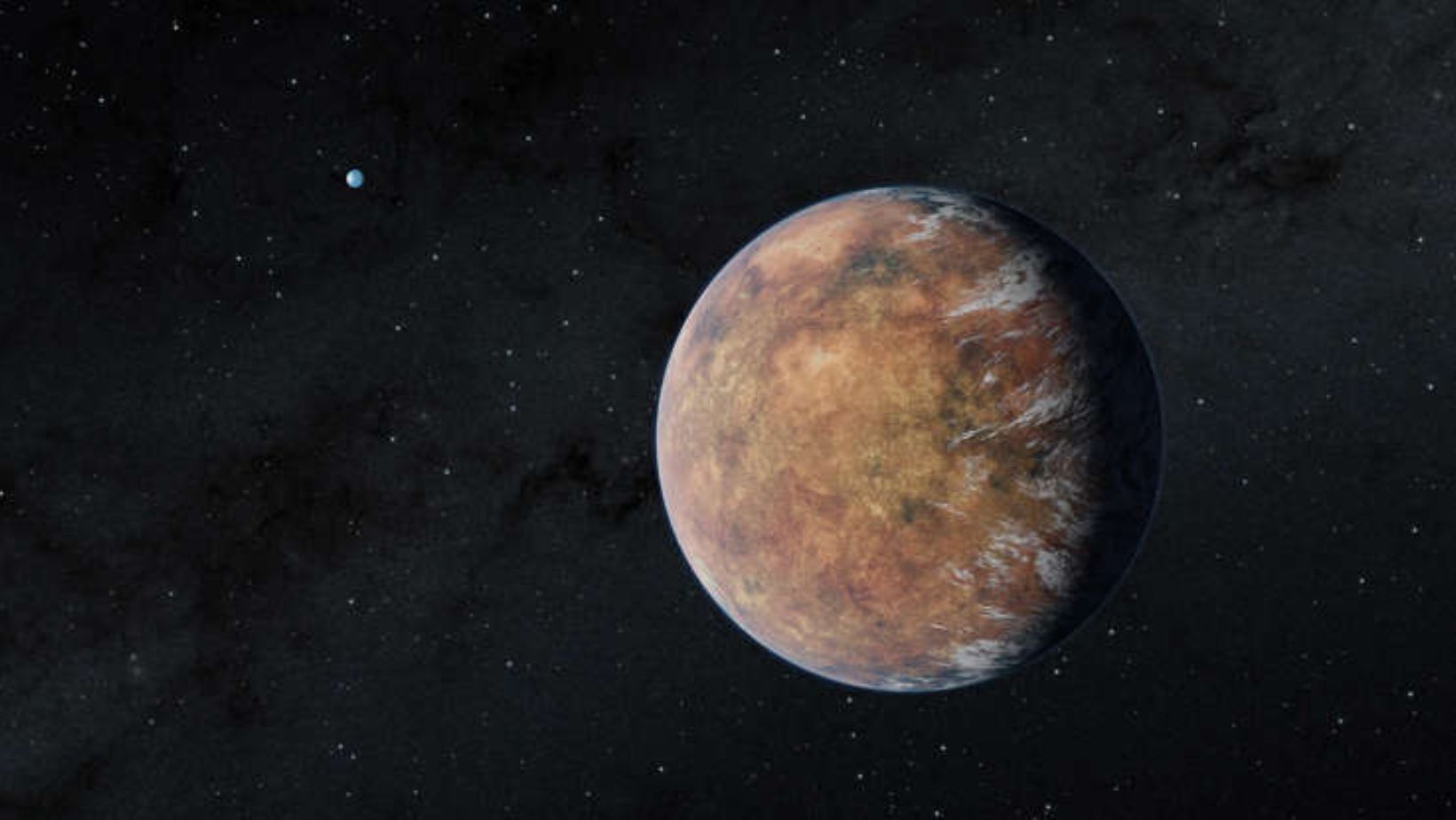
Source: Azurebluenomad/Reddit
TOI 700 e is not alone—its sister planet, TOI 700 d, also orbits in the habitable zone of its system where liquid water could be found.
Existing in a Unique Star System
The zone where the planets were discovered is quite intriguing to experts because scientists hardly come across a star zone where more than one planet orbits the habitable zone.
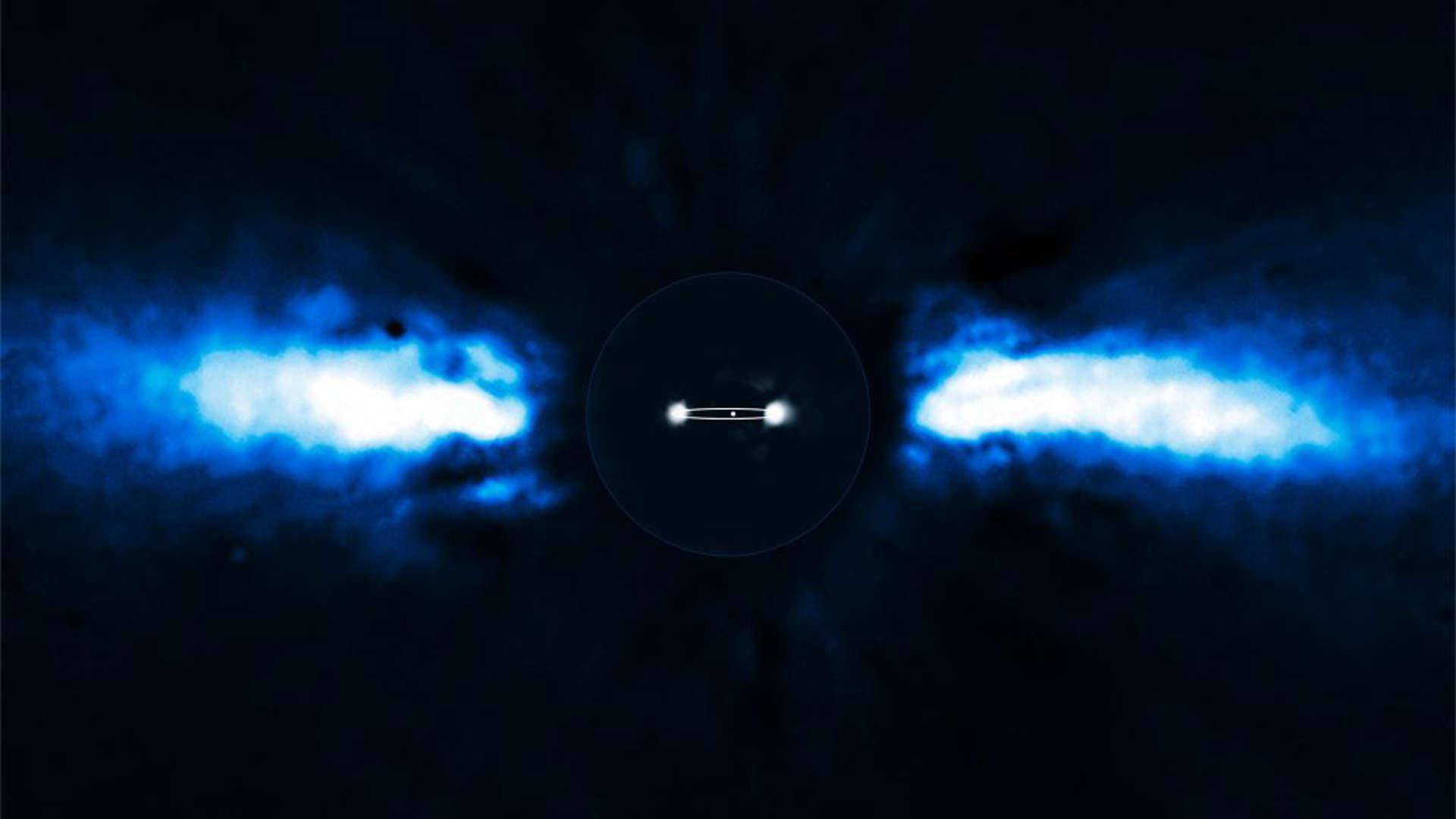
Source: Wikipedia
The planets orbit TOI 700, a small, M dwarf star much smaller than our own sun. Red dwarf stars are a lot different from other types of stars because they have a much longer lifespan. According to scientists, the Milky Way galaxy’s star population comprises 75% red dwarf stars.
Other Planets That Orbit TOI 700
Apart from TOI 700’s unique size, scientists are more interested in its system because of the two planets within its inhabitable range. The planets closest to the sun, b and c, have a 10 and 16-day orbit, respectively, and throughout their orbit, the planets spin only once.
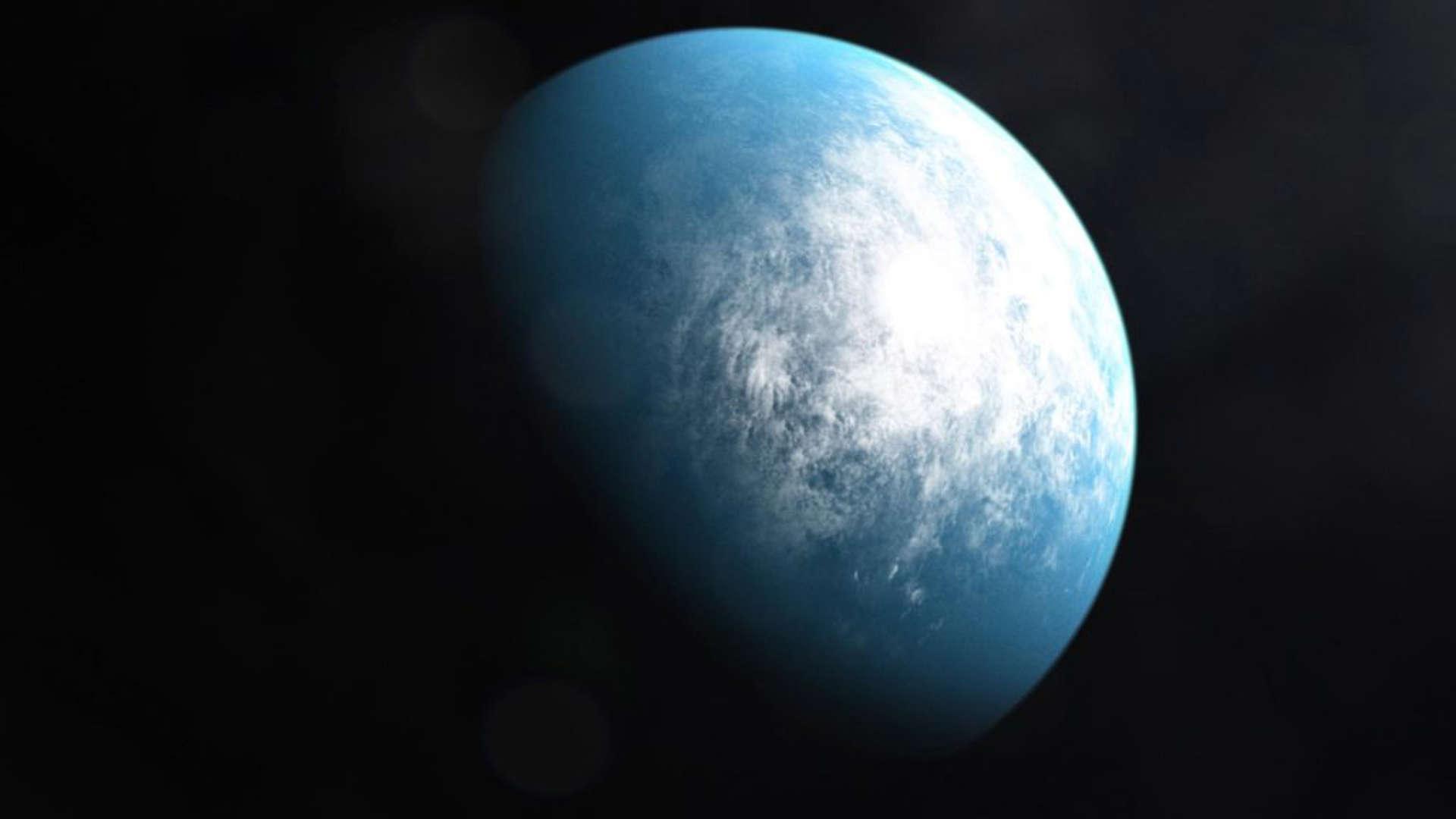
Source: Pinterest
Planet d is the third planet from the TOI 700 star and one of two planets orbiting the habitable zone. Its complete orbit takes 37 days, and it is about 90% of the Earth’s mass.
TOI 700 e Has Topography Similar to Earth’s
TESS first started picking up glimmers of planet e in 2021. Like b and c, scientists believe that e may also only spin once per orbit. Each orbit lasts for 28 days.

Source: Wikimedia Commons
Planet e is about 95% of the Earth’s size. According to scientists, the planet might have a rocky topography similar to ours, and it may also have naturally occurring liquid water.
Planets TOI 700 D and E Discovered One Year Apart
After continuous surveys and observation by TESS, scientists confirmed the existence of planet e over a year later, in January 2023.
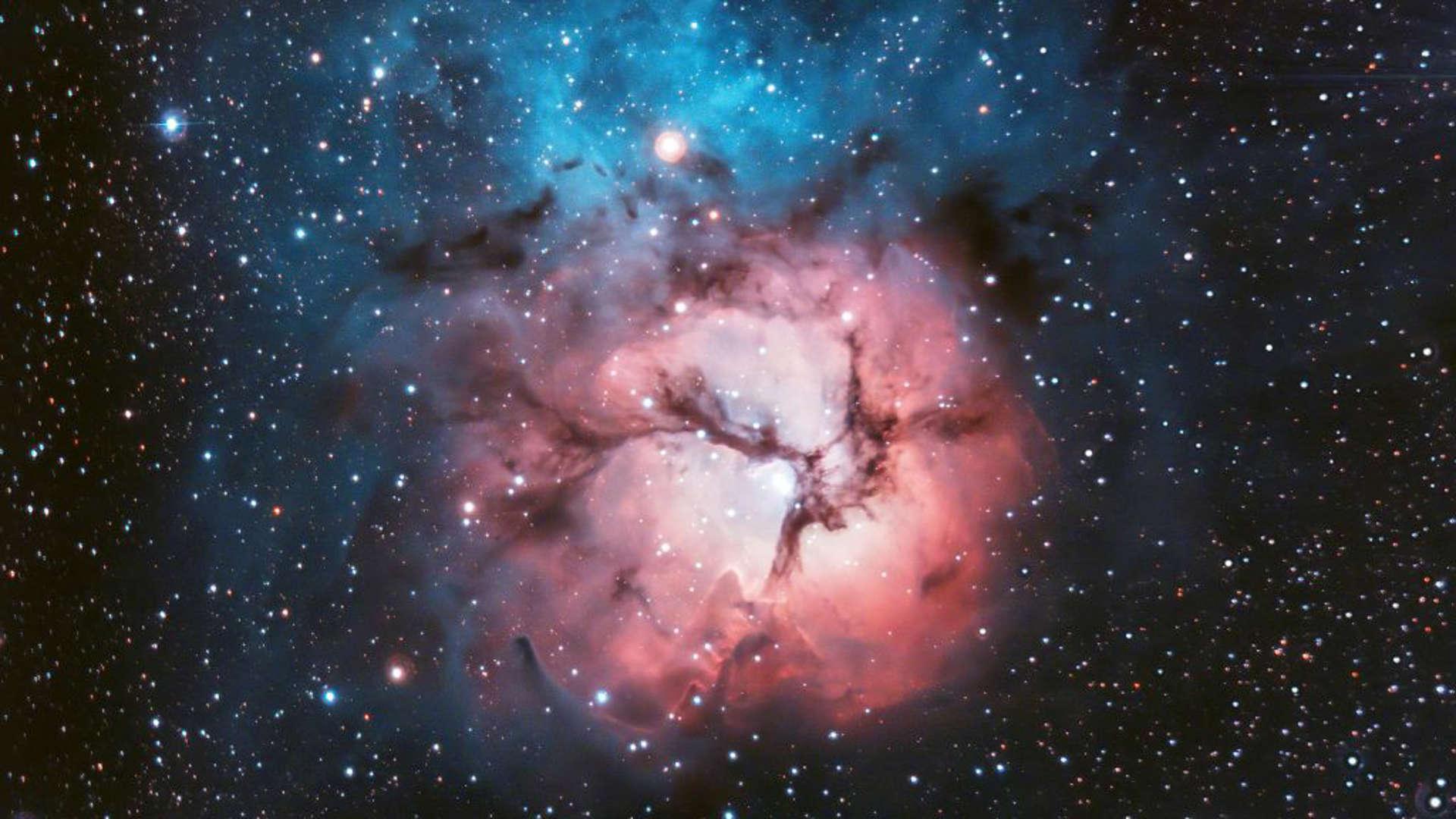
Source: Pinterest
Although the satellite caught glimmers of planet e, it wasn’t bright or big enough, so it needed another year for confirmation. The scientists believe that planet e could have been confirmed at the same time as d if it had been larger.
Research Aids Understanding
Regardless of the time between the discoveries of both planets, their existence alone is a huge feat for NASA.

Source: Pinterest
The research and study of exoplanets, and understanding the life and death of galaxies, stars, and planets, provides invaluable information and understanding of our own galaxy. With this knowledge, we can know where we come from, where we are at the moment, and what the future could bring.
TESS Makes Several Outstanding Discoveries Over the Years
TESS has discovered star systems other than TOI 700, which could support life like Earth does.
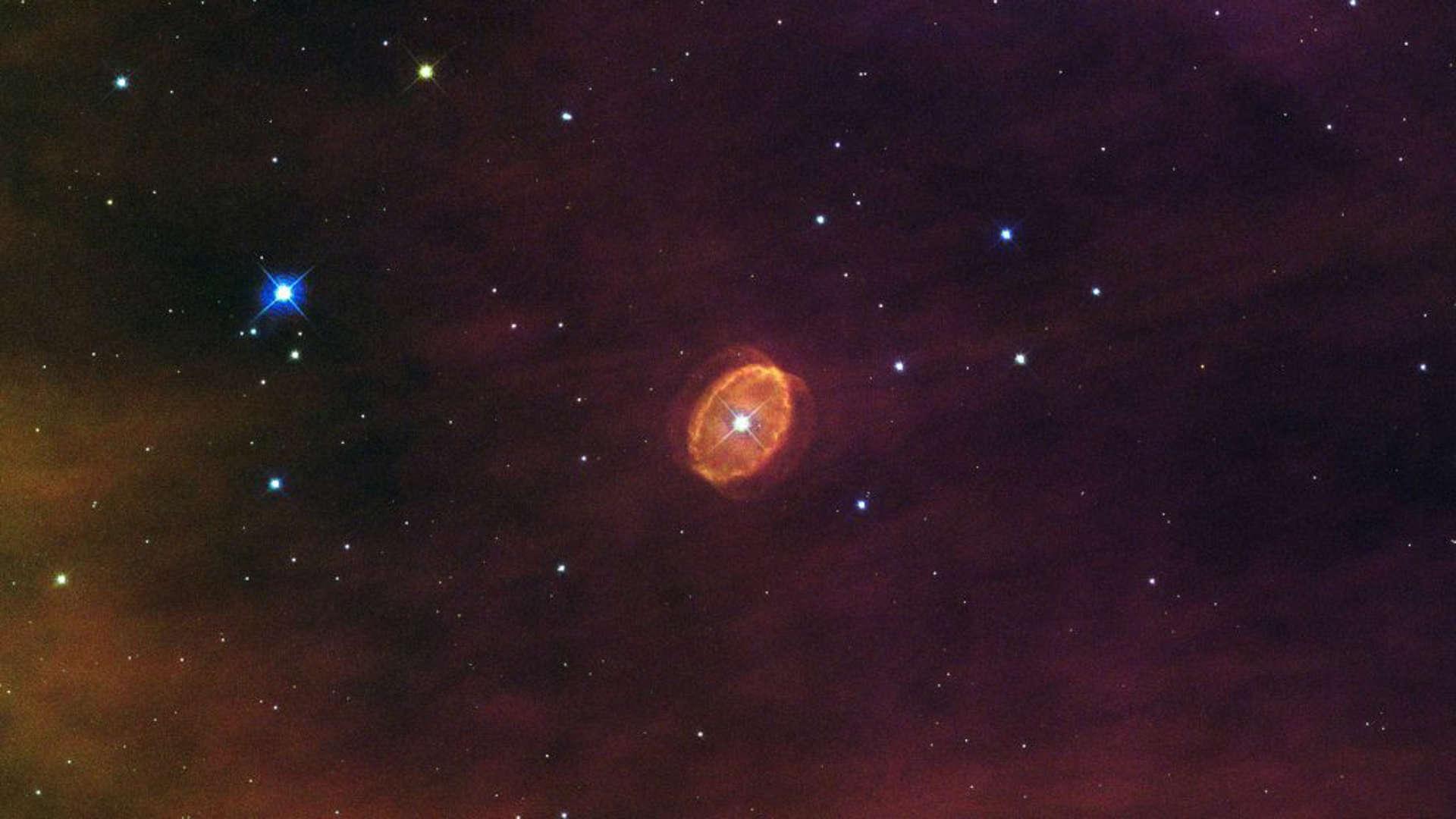
Source: Pinterest
The satellite discovered a ‘super earth’ in September 2022 over 100 light years away which scientists believe could also support life. Another discovery was in 2018, when water vapor was noticed on a planet called K2-18b. TESS remains fully operational, thus more exciting discoveries are expected.
Scientists Have Officially Confirmed Existence of the ‘Earth-like’ Planet
Discovering planets and star systems that could possibly support life is intriguing. But beyond discovering them with TESS, a body of scientists must also confirm that they truly exist.
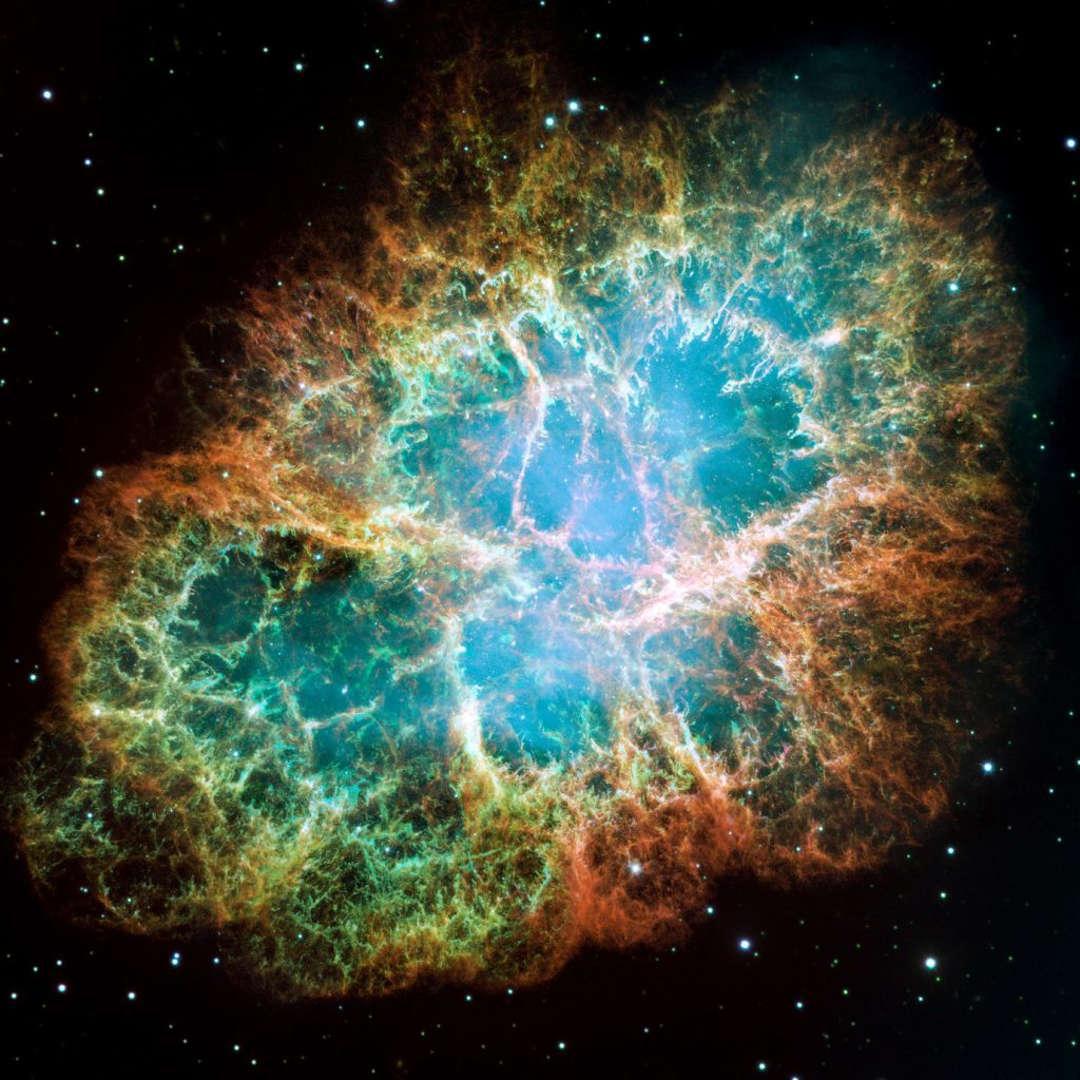
Source: Pinterest
The American Astronomical Association confirmed TOI 700 e during its 241st meeting in Seattle this year. The acceptance of a paper about the planet by the Astrophysical Journal Letters gave the planet more credibility in scientific and contemporary research.
Research Is Far From Over
TESS is still on its mission to gather information and discover other planets or galaxies. The satellite monitors various large sections of the sky for 27 days at a time.
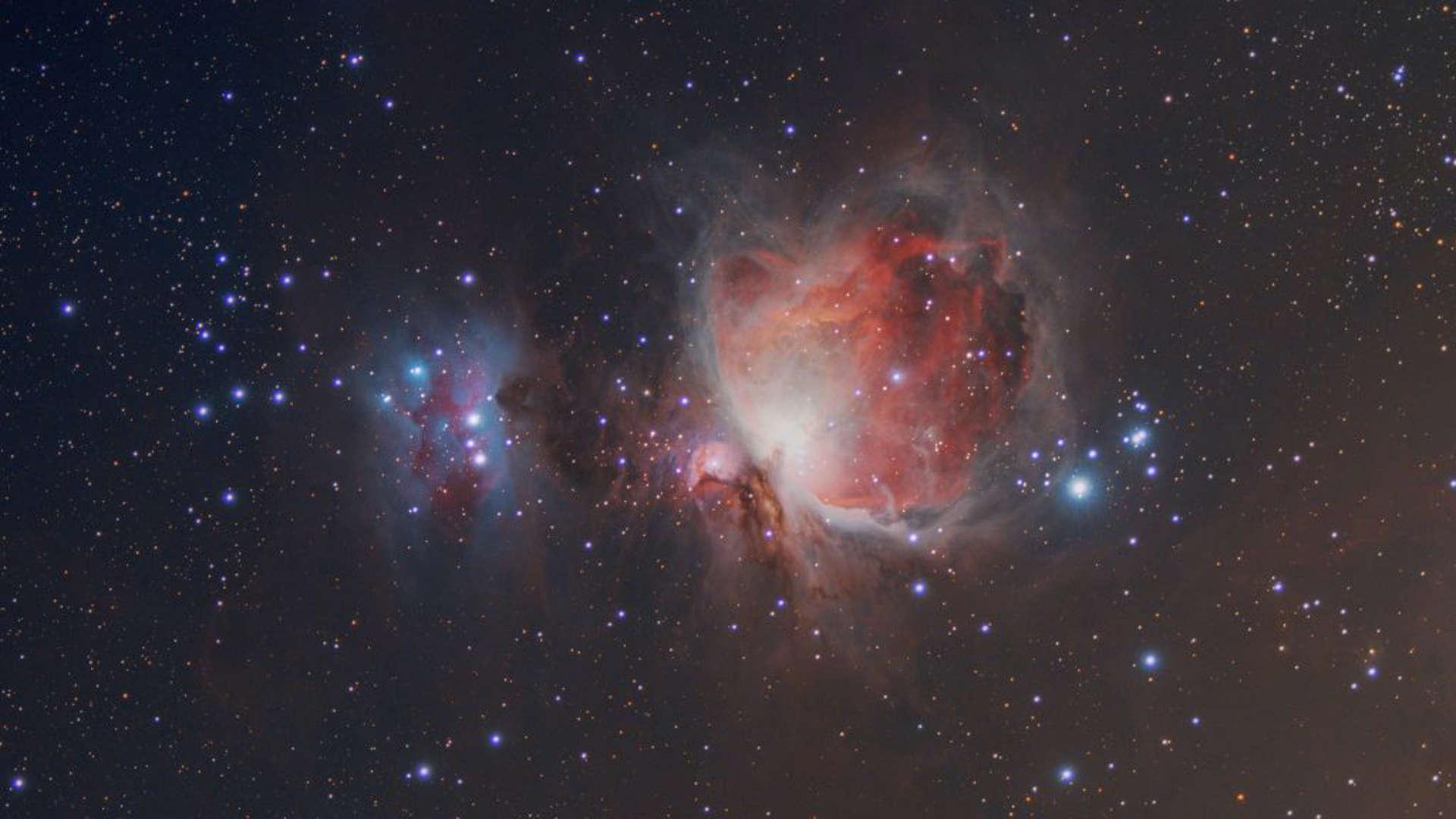
Source: Pinterest
With NASA’s continuous interest in exploration and technological advances that help us understand space better, more information is bound to come to light. We are surrounded by mysteries, and information gathering is the only way to gain a better understanding of our world.
